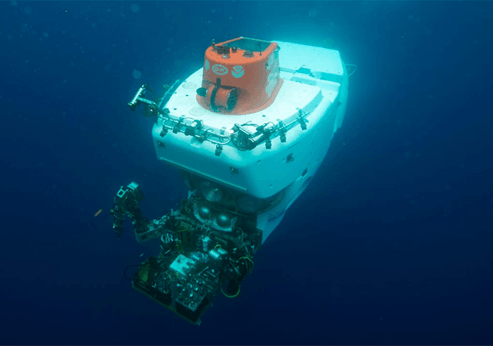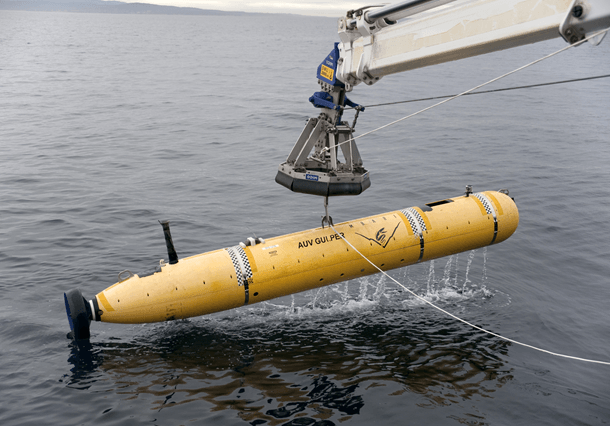Made the first sketches of marine life.
Aristotle.
Pulled behind a boat. Used to sample organisms living on the sea bed.
Trawl net.
This is an example of what type vehicle?

HOV
Marine science is the combination of what other sciences?
Marine Biology and Oceanography.
The critical part of the scientific method.
Observation
Made detailed sketches aboard the HMS Beagle. He described how coral reefs form.
Charles Darwin
A net used to catch organisms living on the bottom in shallow water.
Seine net.
This vehicle has both a limited depth and limited sample capacity but is less expensive to use than similar equipment.
ROV
The study of the physical and biological properties of the ocean.
Oceanography.
A factor that affects an observation.
Variable.
This voyage was the first true ocean research expedition resulting in 50 volumes of data.
HMS Challenger expedition.
Device used to sample organisms living in the sediment.
Grab.
What type of vehicle is this?

AUV
The study of calcareous plankton drifting in the ocean is part of which science.
Marine Biology.
A group in an experiment where no change is made.
Control group.
His main mission was to chart the landmasses for Britain but he brought along botanist who collected and drew organisms along the way.
This device is pulled behind a boat and digs into the surface of the bottom.
Dredge.
AUV's and instruments in the water can bounce signals to satellites which can the been observed on computers around the world. This type of science is known as what?
Remote Sensing.
Stromatolites.
Using observation to arrive at a general principle
Inductive reasoning
This group of people were the first to start navigating the sea. They had trade routes through the Mediterranean Sea.
The Phoenicians.
This is the common name of the tarantula in the room (it's not Timmy).
Mexican red leg.
This sub dove to the deepest part of the ocean and was piloted by the author James Cameron.
The Deepsea Challenger.
The oldest marine lab in the United States that is still in operation today.
Woods Hole Institute.
A explanation of a set of observations backed by the testing of many hypothesis.